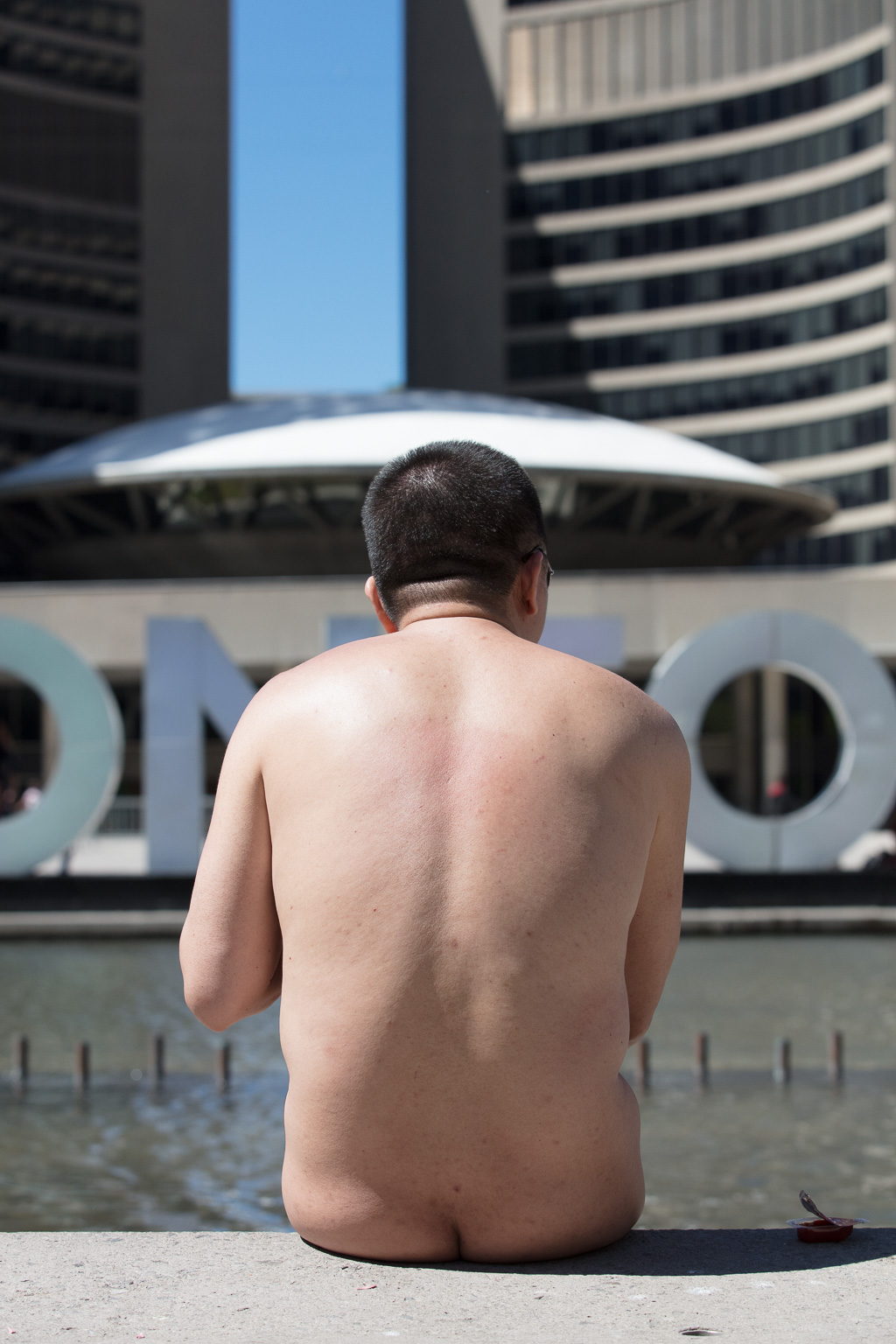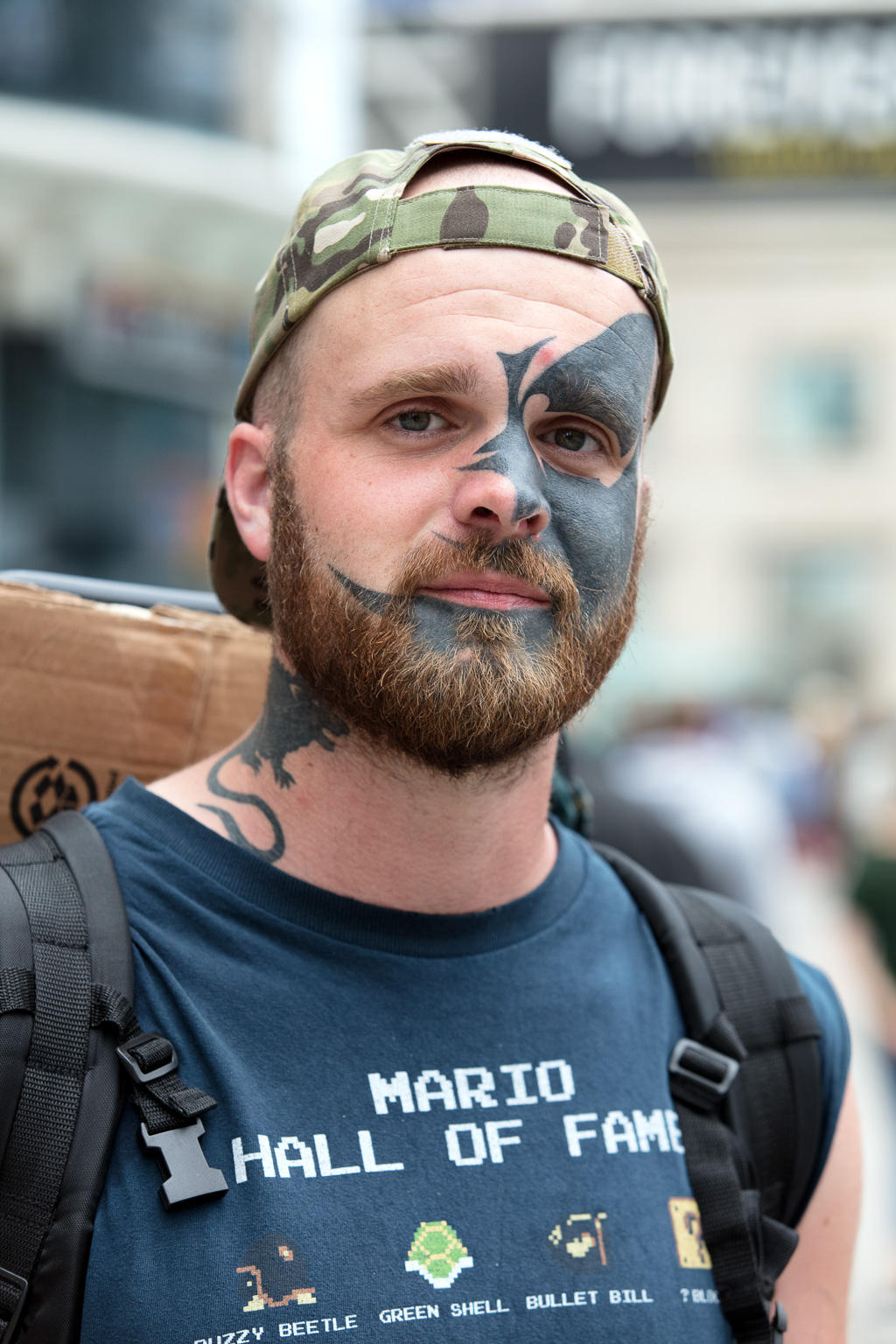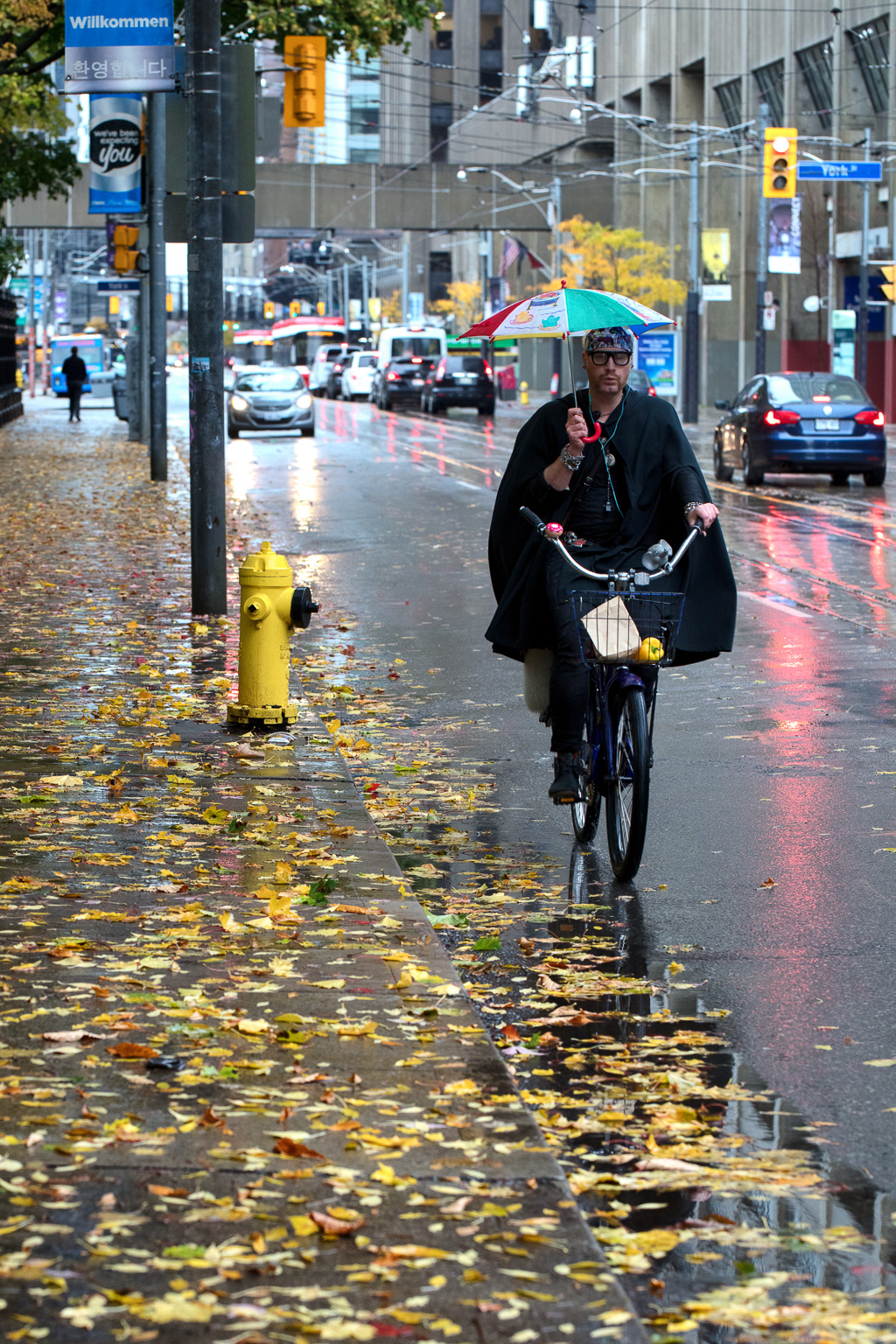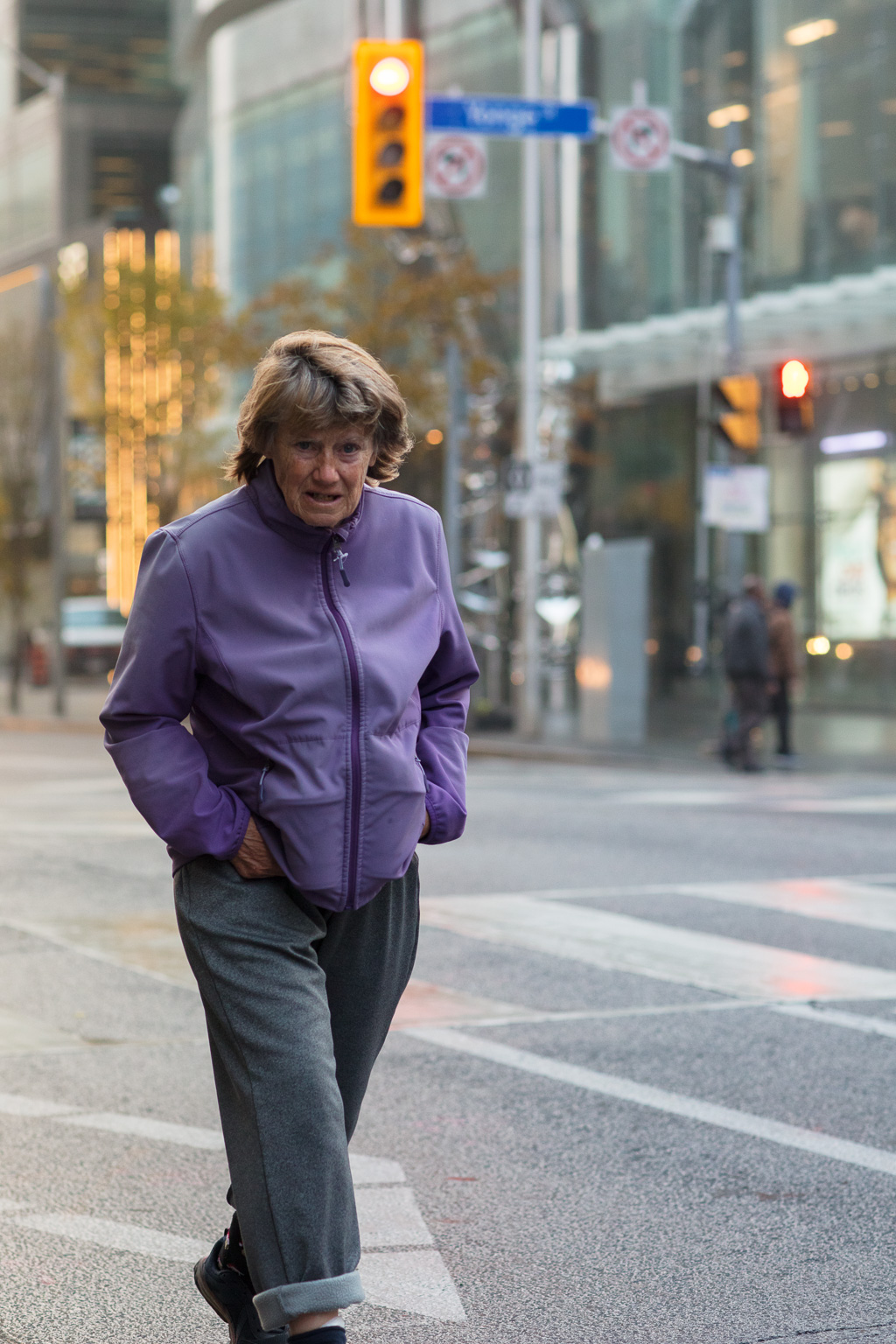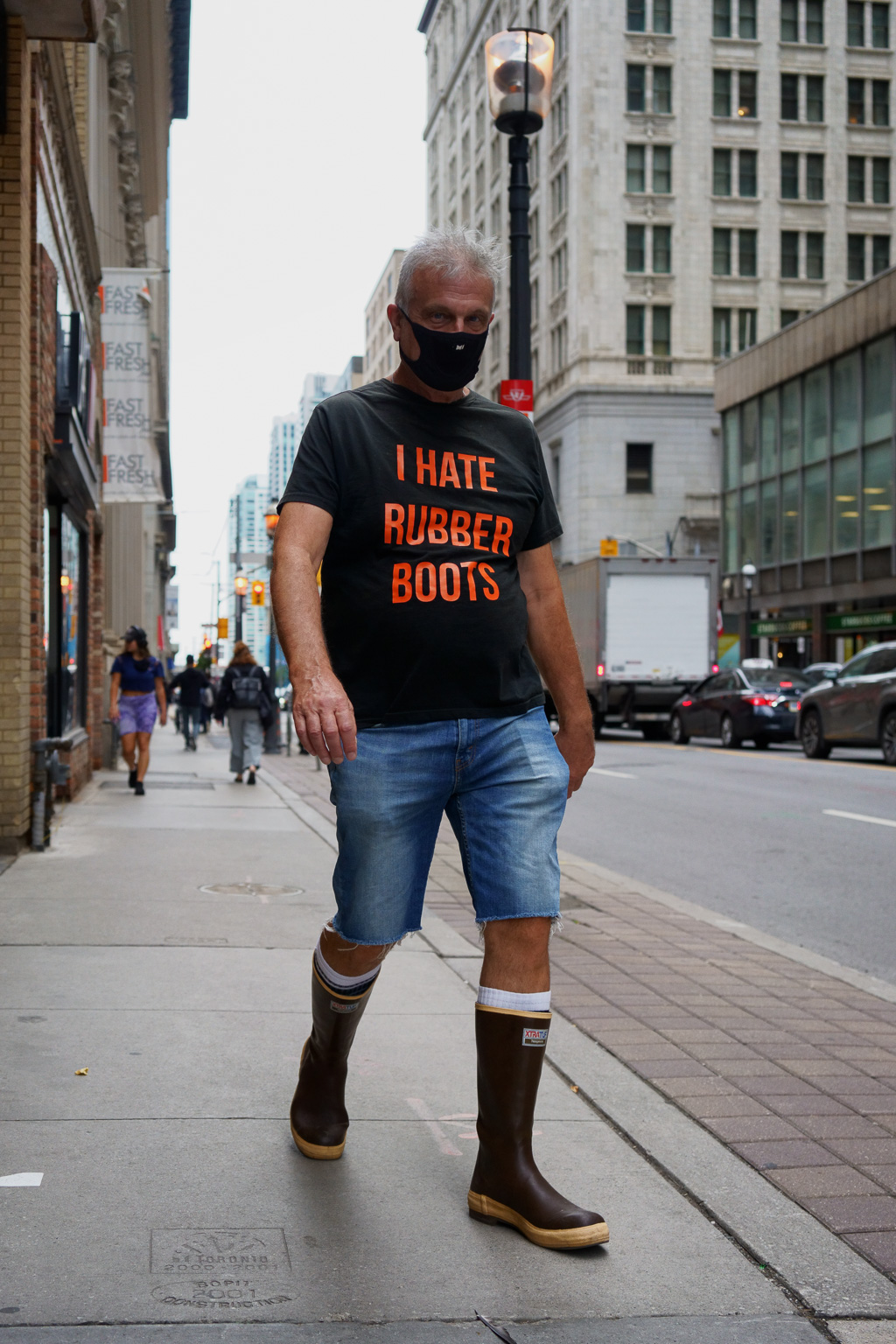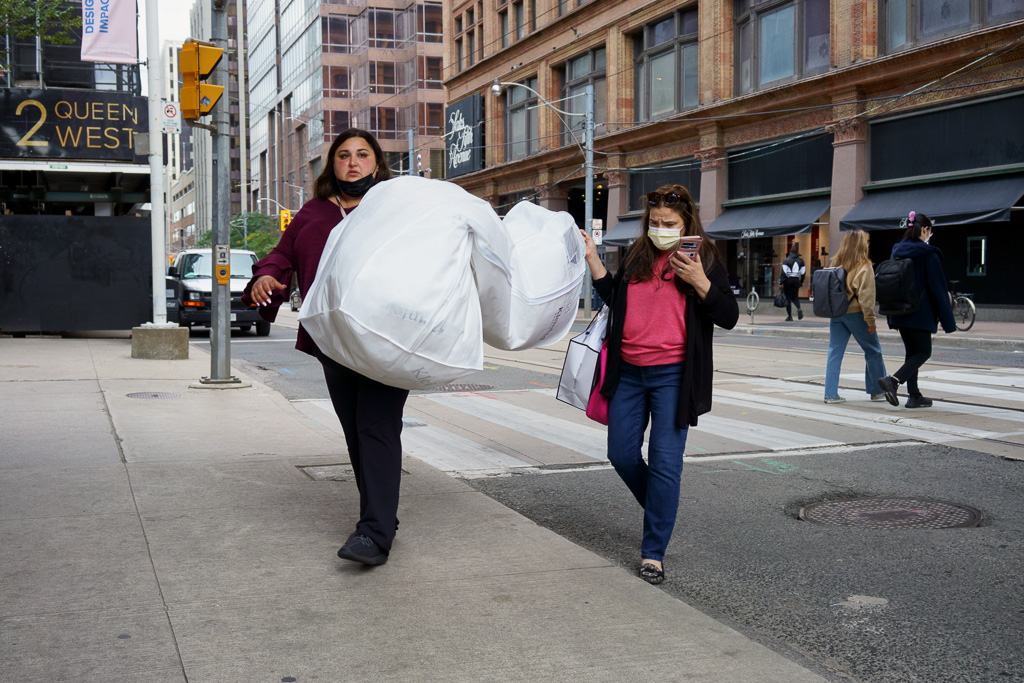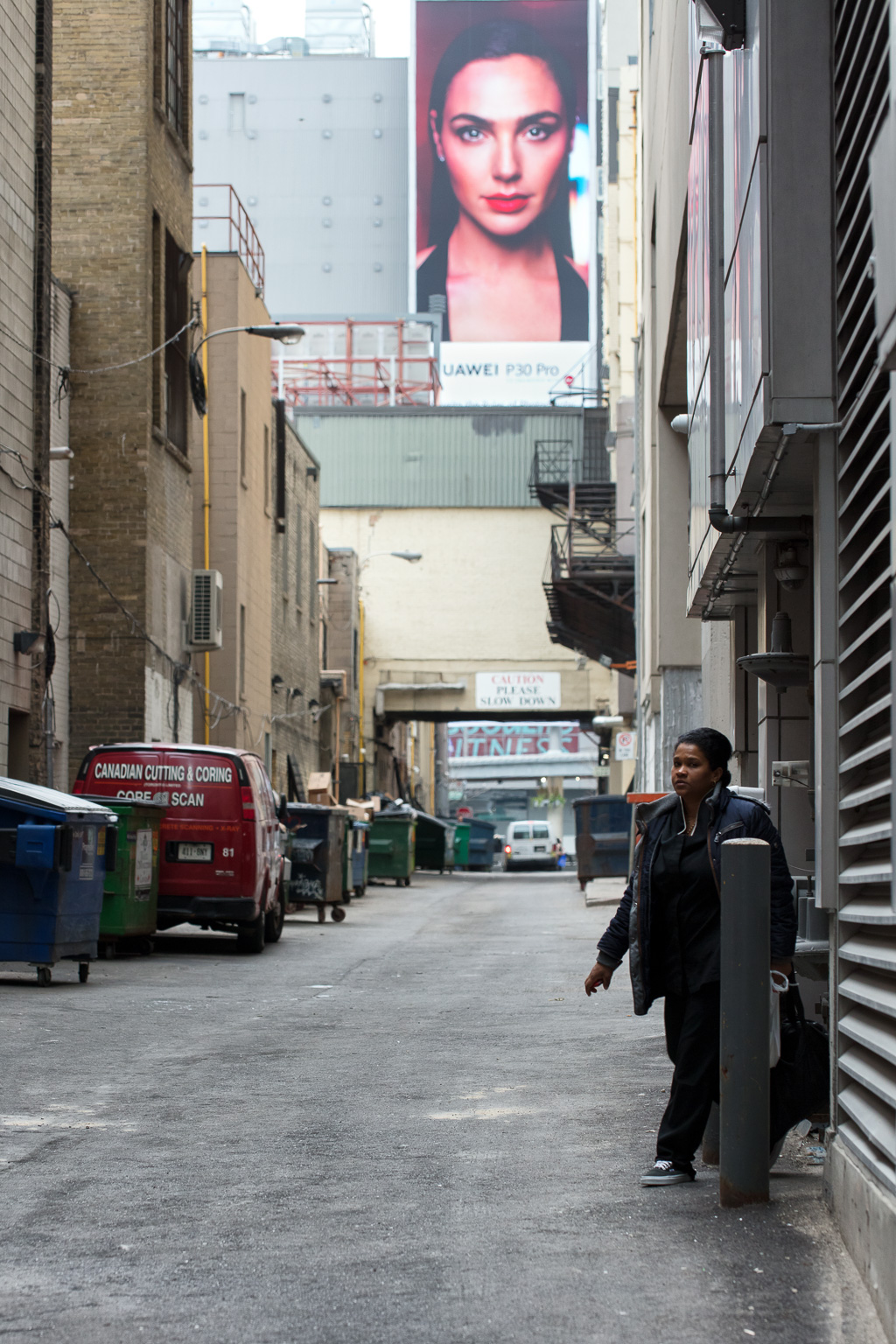We’ve all heard that the eyes are the window to the soul. I can’t find a source for this cliché, but both Shakespeare and the New Testament offer passages that suggest we can know a person truly by gazing into their eyes. I base my street portraiture on this supposition, and when I post these photographs, I do so on the assumption that you, the viewer, share this supposition too. You gaze into the eyes of my subject and feel you know something about them.
Nevertheless, I find this supposition problematic for several reasons:
First, like most people, I’ve had the unsettling experience of being deceived by a convincing liar. I look into a grifter’s eyes and see nothing but sincerity. Part of what makes this experience unsettling is that it undermines a basic assumption I have about human interaction: I can know a person just by looking at them.
Second, the cliché obviously favours sighted people. And yet people with low vision or with injured eyes manage quite nicely to know and to be known. They demonstrate that my basic assumption is not so basic after all.
Finally, new technology shows how easy it is to fabricate faces. This person does not exist is a web site that generates a face you would swear belongs to your next door neighbour. You gaze into their eyes and impute to them a lifetime of experience when, in point of fact, those eyes have existed for only a couple seconds.
The photo featured above belongs to Ben who posed for me on Yonge Street a few years ago. He is very real, but you’ll have to take my word for it.
